Attending the conference were Vice Chairmen of the Provincial People's Committee; members of the Steering Committee for adjusting the Lao Cai Provincial Planning for the period 2021-2030, with a vision to 2050; representatives of the consulting unit, the Joint Venture of the Institute of Strategy and Economic-Financial Policy ( Ministry of Finance ) and Phuong Minh Development and Investment Consulting Joint Stock Company.

At the conference, the representative of the consulting unit presented the report on adjusting the Lao Cai Provincial Planning for the period 2021-2030, with a vision to 2050. The planning was updated according to the National Master Plan, the Northern Midlands and Mountainous Region Planning and in accordance with the requirements of arranging administrative units of Lao Cai - Yen Bai province according to Resolution 202/2025/QH15. The central goal is to make Lao Cai become the leading growth pole of the region, developing rapidly, sustainably and modernly.

One of the key contents is the economic growth scenario for the period 2026-2030. The consulting unit has developed 3 economic growth scenarios for Lao Cai province in the period 2026-2030. Scenario 1 is a cautious option, reflecting the volatile regional and global economic context, slow progress of key projects and limited resource mobilization capacity. According to this scenario, GRDP in the period 2026-2030 will increase by an average of 9%/year, the scale of GRDP in 2030 will reach about 103,510 billion VND (2010 price). Scenario 2 - the baseline scenario is built on the assumption of relatively favorable development conditions, consistent with the current capacity and resource mobilization capacity of the province. Accordingly, the GRDP growth rate reaches 10.1%/year, the GRDP scale in 2030 reaches about 108,815 billion VND (2010 price); GRDP per capita reaches about 140 million VND. The economic structure shifts towards industry and services playing the main role. Scenario 3 is a high growth option, in the context of strategic infrastructure projects being strongly implemented and regional linkages being effective. Accordingly, GRDP increases by 11.5%/year, the GRDP scale in 2030 reaches about 116,274 billion VND (2010 price).
Based on the assessment of practical factors and requirements after the administrative unit arrangement, the consulting unit proposed to choose scenario 2 as the official option. This is considered the most feasible option, suitable for the province's development capacity in the coming period, while ensuring the goal of high, sustainable growth and in line with the development orientation of the Government and the Northern Midlands and Mountains region.
The conference also heard a report on the orientation of organizing the province's development space with the structure of "One dynamic axis - Two development poles - Three economic zones". Accordingly, the dynamic axis along the Red River is identified as a strategic trade corridor, connecting the urban - industrial - service chain of the province. The two development poles in the North and South play a central role in promoting trade, logistics, supporting industry, and high-quality services; while the three economic zones are reasonably distributed to exploit the strengths of agriculture - forestry, tourism, minerals and urban development associated with modern infrastructure.
At the conference, leaders of the Provincial People's Committee; leaders of departments and branches discussed and gave opinions on the content of the adjustment of the provincial planning. Delegates said that the report of the consulting unit was still general, mechanically synthesizing from old plans; did not clearly define the new development space; lacked detailed and specific proposals, and did not clearly demonstrate the role of strategic consulting.
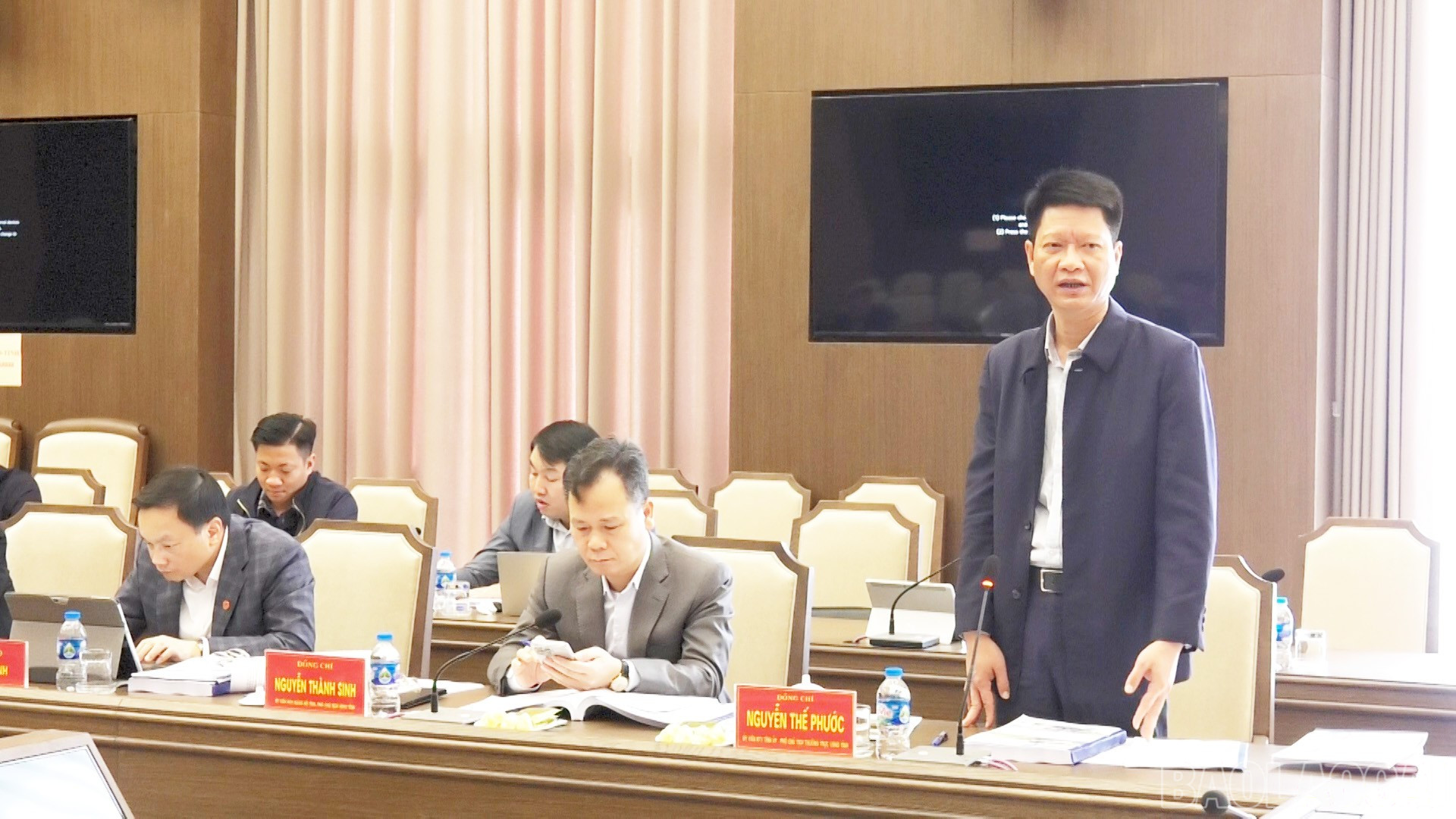
Delegates suggested that the consulting unit should update and more clearly demonstrate the development orientations to 2030, vision to 2050 as determined in the resolutions of the Provincial Party Committee; clearly define the central dynamic axis; determine additional development space within the current administrative boundaries, not simply increasing the area but restructuring the existing functional space to exploit new potentials.
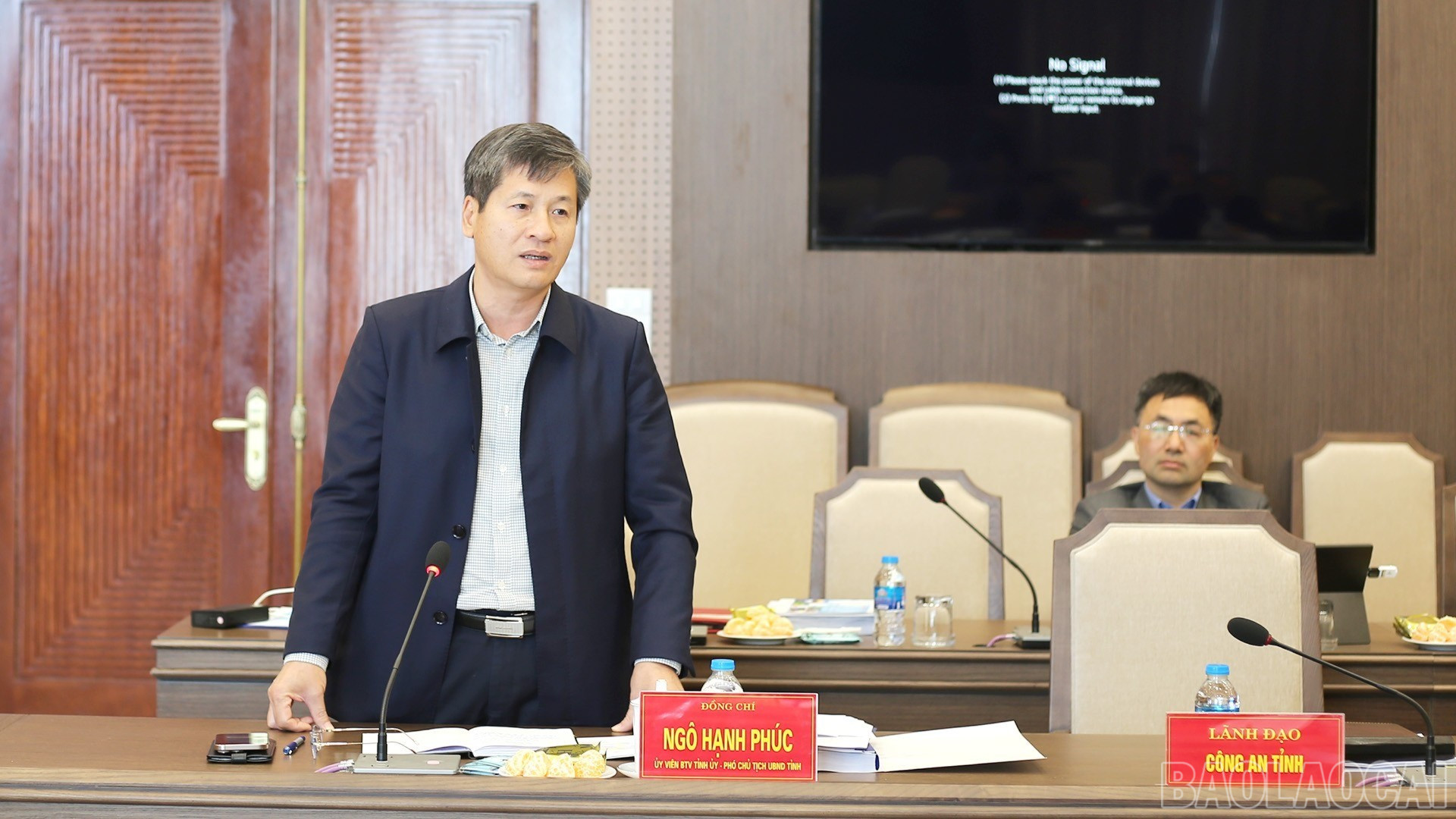

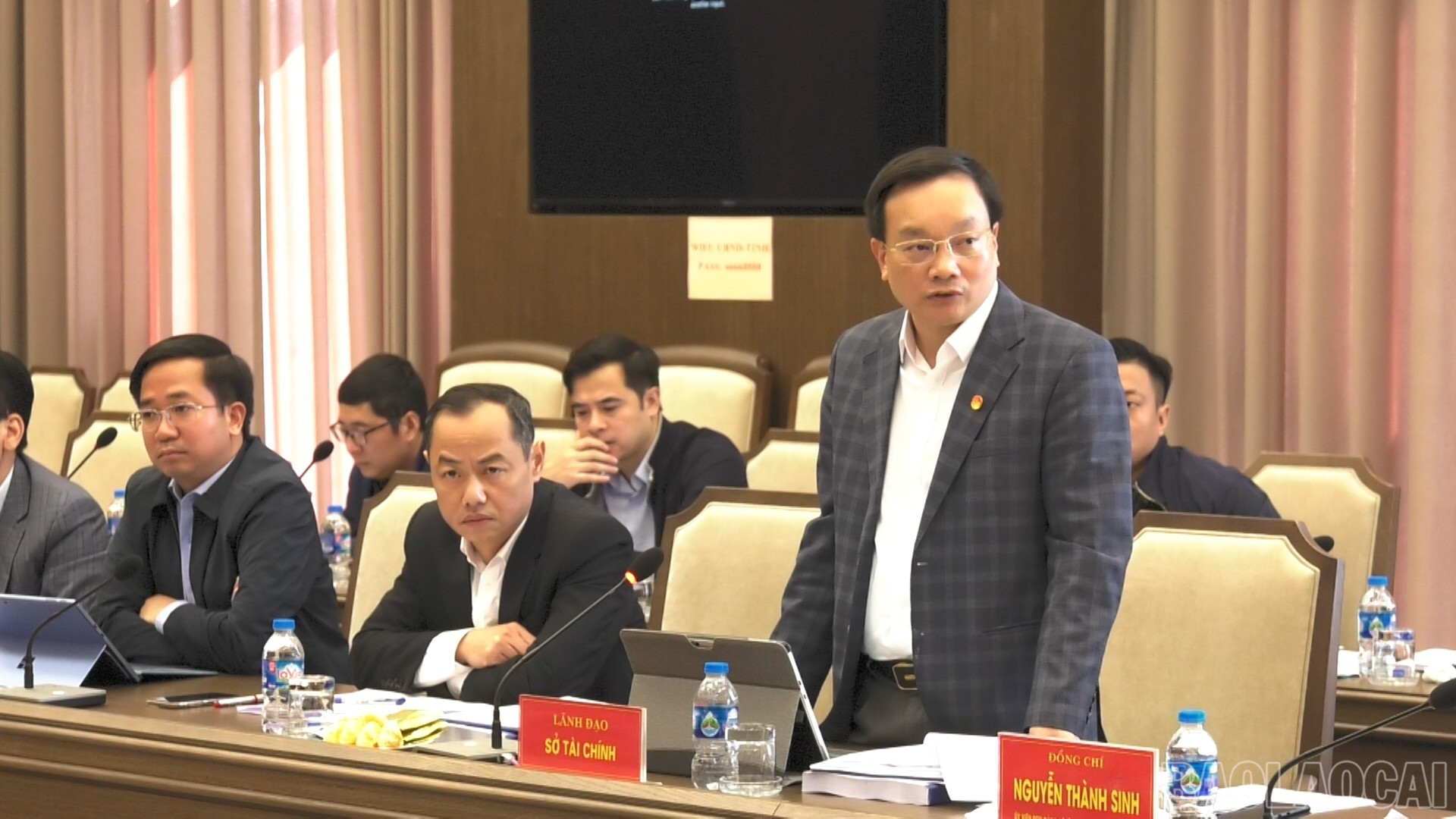
At the same time, the consulting unit needs to provide more specific directions for tourism development for each potential area; propose new industrial zones; conduct additional research on urban and infrastructure development; ensure specific development directions, closely linked with national planning, to meet the development requirements of the province in the coming period.
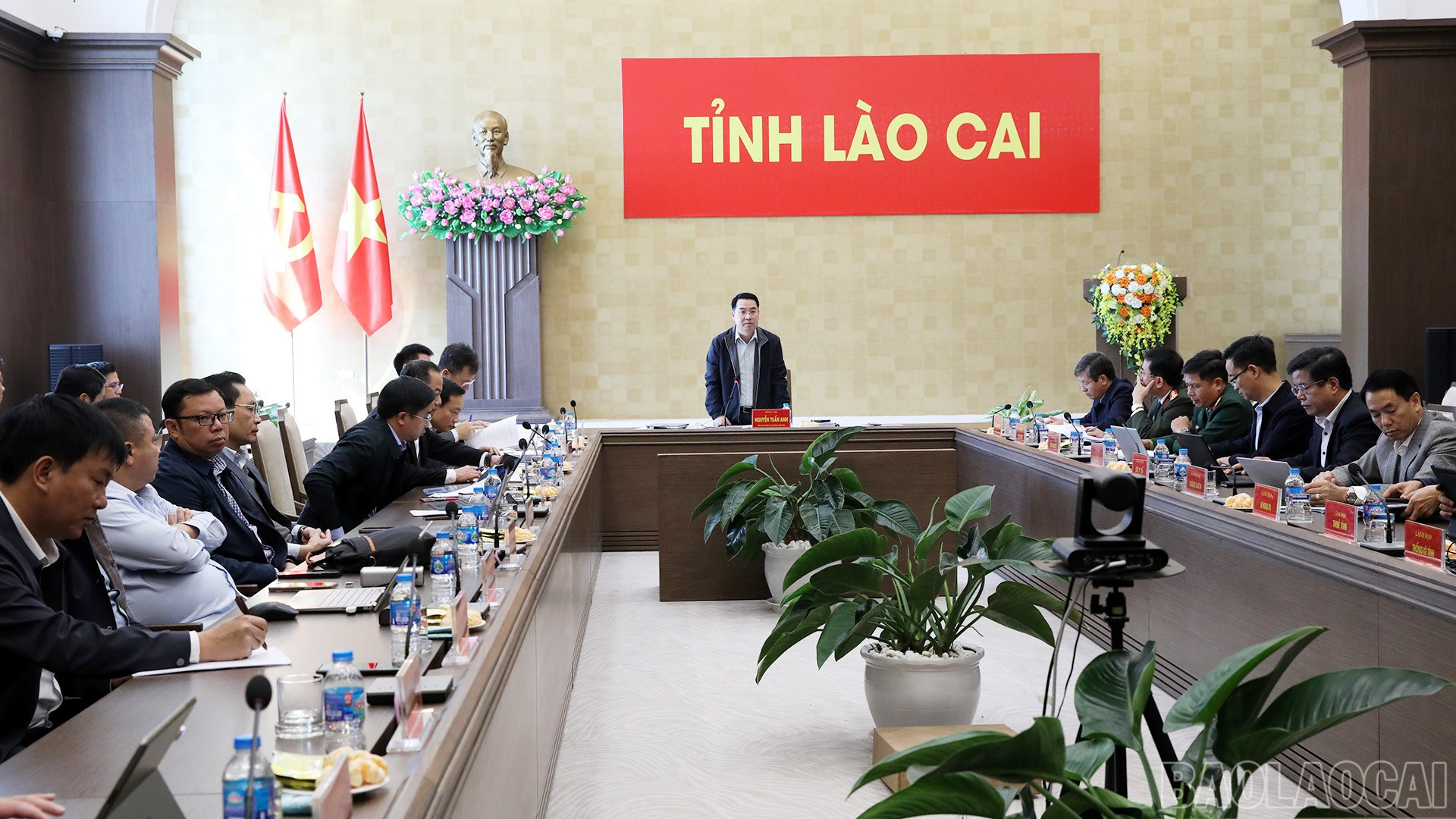
Concluding the conference, comrade Nguyen Tuan Anh - Deputy Secretary of the Provincial Party Committee, Chairman of the Provincial People's Committee acknowledged and highly appreciated the efforts of the consulting unit and departments and branches in developing the contents of adjusting the Lao Cai Provincial Planning for the period 2021-2030, with a vision to 2050. However, he emphasized that the contents of adjusting the provincial planning developed by the consulting unit up to this point have not met the requirements of the province; have only stopped at synthesizing and consolidating old data, have not clearly demonstrated the role of strategic consulting; have not clarified the development space; many proposals are still general, lacking convincing arguments.
The Chairman of the Provincial People's Committee affirmed: The development of the adjusted contents of the Lao Cai Provincial Planning is of special importance, an opportunity to shape the overall development vision of the province after the merger until 2050, and at the same time is the legal foundation and strategic basis for implementing socio-economic development targets in the coming period.
The Chairman of the Provincial People's Committee requested the leaders of the departments and branches in the province to proactively review and complete all thematic reports; in which three contents must be clarified: assessing the current situation; proposing specific orientations and solutions with data; clearly stating difficulties and obstacles. On that basis, it is necessary to identify issues and needs and set specific "topics", giving development requirements for each sector and field so that the consulting unit has a basis to propose and build development plans for the province in the coming period; at the same time, the departments and branches must coordinate closely to ensure the connection between the topics. After completing the topics, the leaders of the departments must directly report and ask for instructions from the Vice Chairmen of the Provincial People's Committee in charge of the field. The leaders of the departments and branches are fully responsible to the Chairman of the Provincial People's Committee and the Provincial People's Committee for the assigned topics.
The Chairman of the Provincial People's Committee requested that the consulting unit should strongly shift from the role of "data synthesis" to the role of strategic consulting. Accordingly, the consultant must proactively make specific recommendations on development space, identify driving forces, propose solutions to achieve the double-digit growth target; at the same time, have sharp and highly directional analysis and recommendations. The consulting unit continues to research and propose more strategies and solutions for developing the Red River dynamic axis; urban development, transport infrastructure, industry, high-tech agriculture, tourism... In addition, it is necessary to work directly with the departments and branches of the province to update and supplement data, grasp the practical needs of each industry, each field, each locality; On that basis, propose appropriate adjustment plans, seek opinions from leaders of the Provincial People's Committee, leaders of departments and branches to complete the content of adjusting the Lao Cai Provincial Planning for the period 2021-2030, with a vision to 2050.
Source: https://baolaocai.vn/lao-cai-ra-soat-tien-do-dieu-chinh-quy-hoach-tinh-thoi-ky-2021-2030-tam-nhin-den-nam-2050-post887627.html



![[Photo] President Luong Cuong attends the 50th Anniversary of Laos National Day](/_next/image?url=https%3A%2F%2Fvphoto.vietnam.vn%2Fthumb%2F1200x675%2Fvietnam%2Fresource%2FIMAGE%2F2025%2F11%2F27%2F1764225638930_ndo_br_1-jpg.webp&w=3840&q=75)



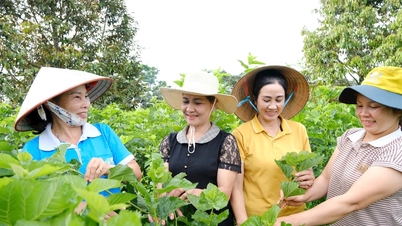

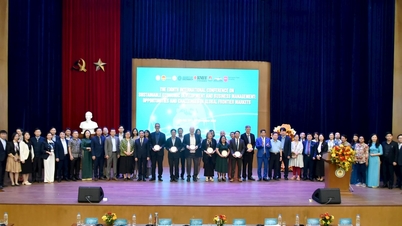

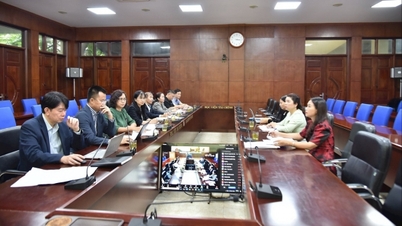



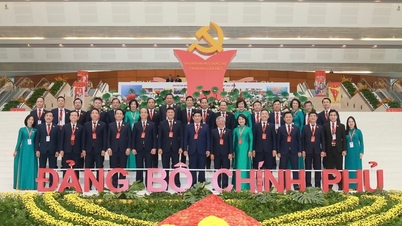


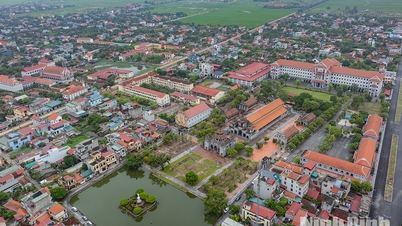







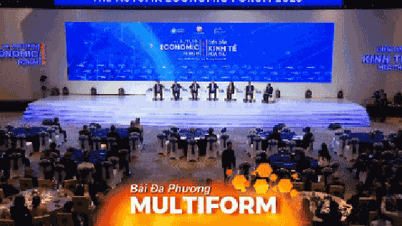






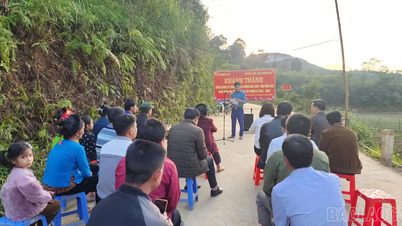
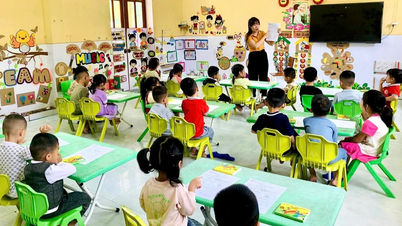
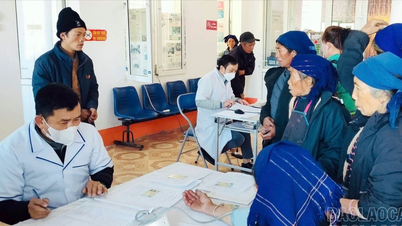








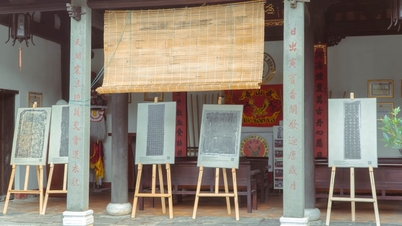
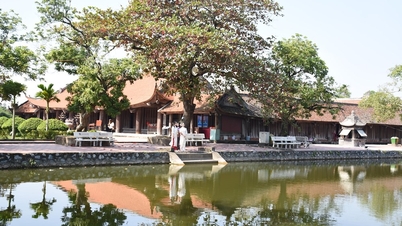




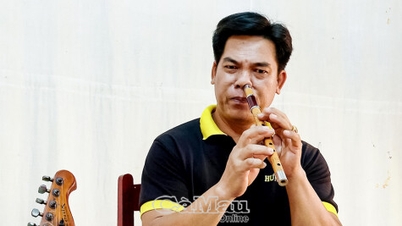





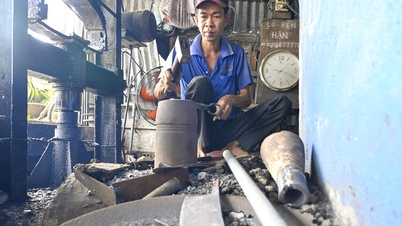

















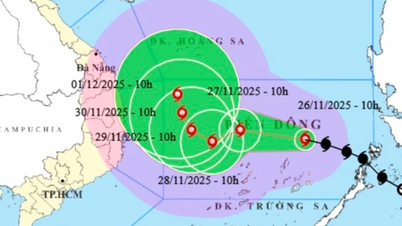
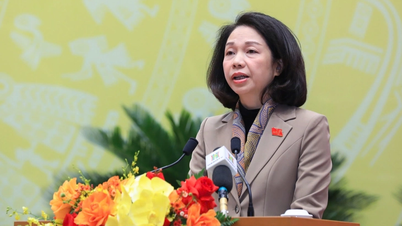






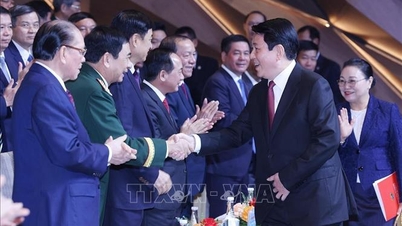








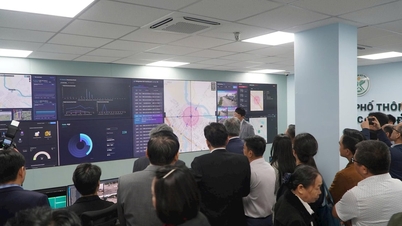
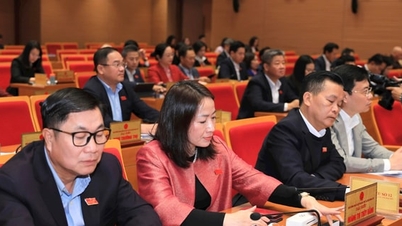




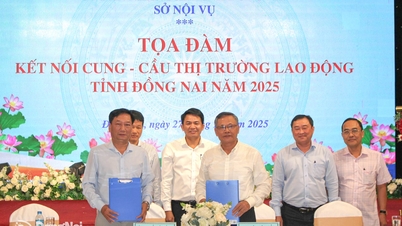












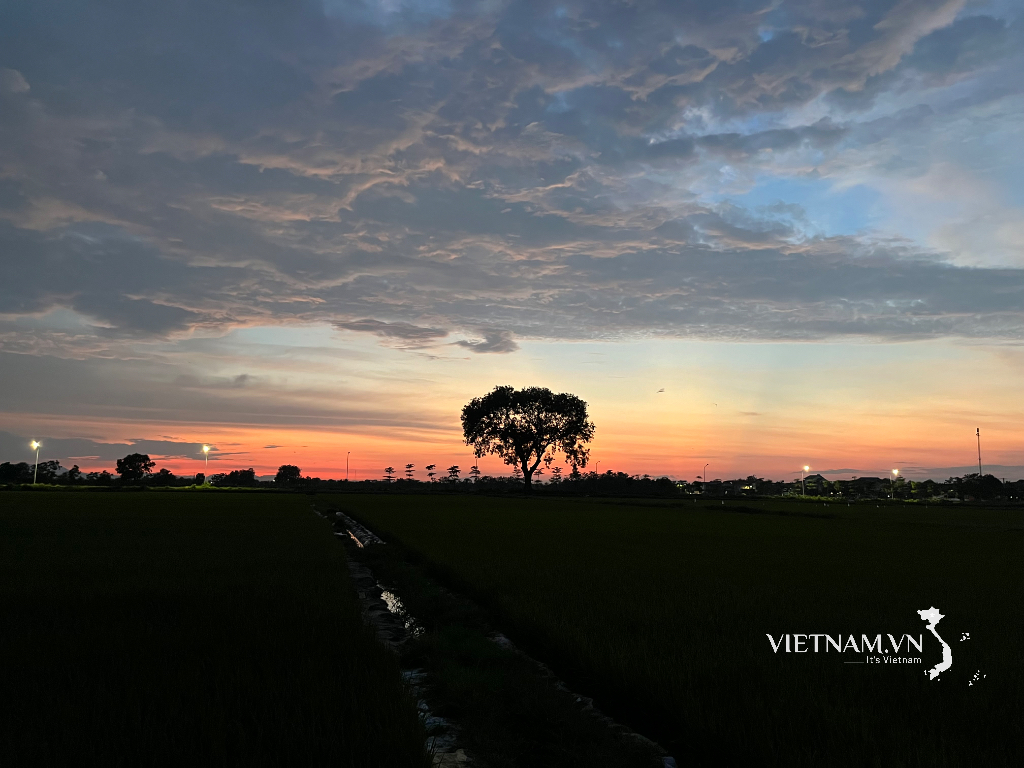


Comment (0)